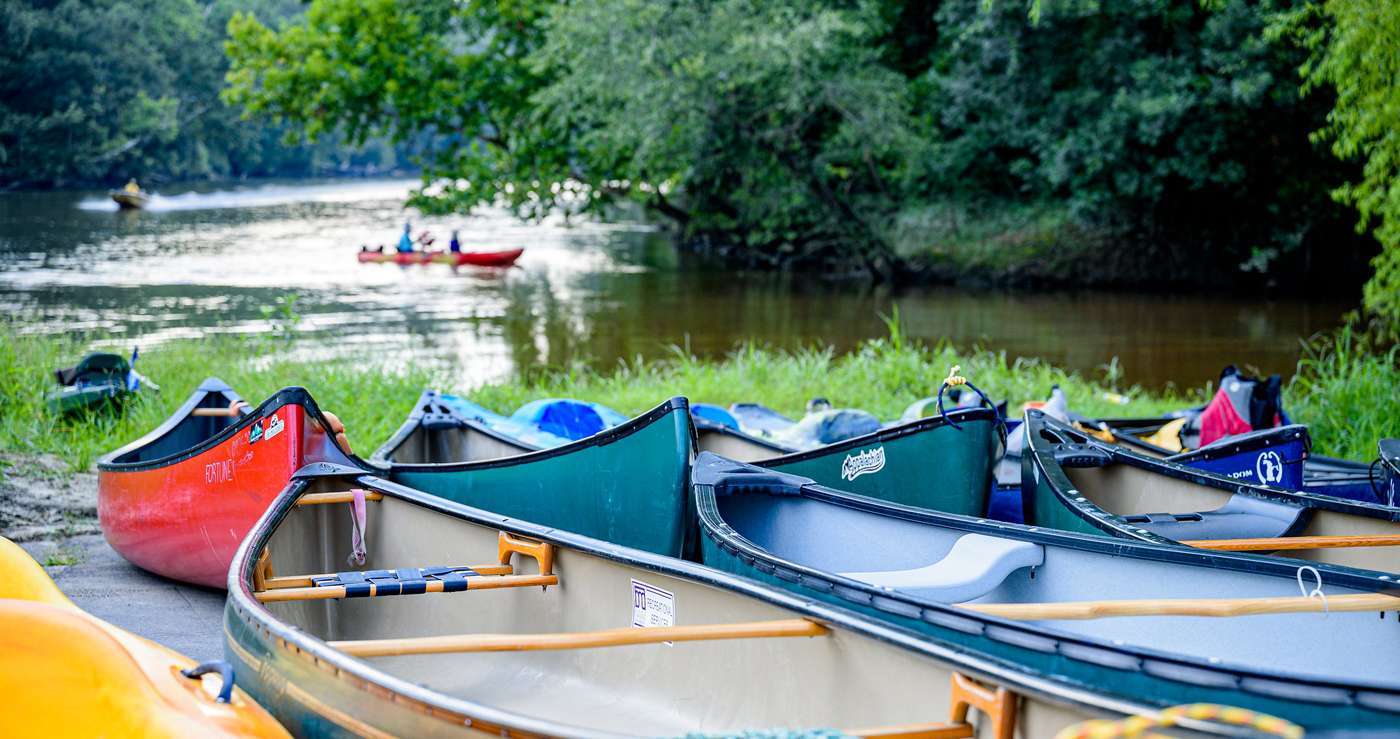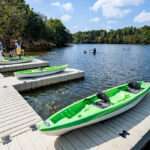Winter kayaking is a fun and exciting activity. It’s also a great way to stay active during the winter months! However, it can be dangerous if you don’t know what you’re doing. That’s why we have put together these tips for beginners who are looking to go on their first Winter kayaking adventure:
Check the Condition of The Kayak
Since you will be paddling on ice cold water, it makes sense that you should check the overall condition of the before you go out. Watch out for leaks or any damages. You need to get it repaired first before even thinking of going out and enjoying kayaking out in the wild.
Dress in Layers
When on the water, you need to ensure that your body is well protected against wind and cold. You should dress in a layer because there is no telling how long you will be out kayaking. The layers should include clothes of wool or synthetic material like polypropylene and have several insulating features such as thermal underwear that are designed for extreme outdoor use with insulation properties that maintain warmth even when wet.
You may also want to consider wearing protective gear especially if you plan on being out at night time during winter months so that snow does not get into your eyes, nose or mouth.
Know your route
You need to know your route ahead of time so that you can avoid dangerous patches of ice or other obstacles. Since this is winter, a minor mistake can snowball into a major crisis. Basically, there is very little room for error and which is why you need to know the route like the back of your hand. Always visit the website of NOAA to gather more information about the route and check the weather forecast in advance.
Keep An Emergency Kit
Winter kayaking is no joke. Risk of hyperthermia is very real here. This is the reason why you need to bring along an emergency kit in case something happens while you’re out on the water. Winter kayaking, especially in cold temperatures is dangerous. This is the reason why you need to bring an emergency kit when out on a winter kayak trip. You should never get into your boat without one and if you’re new to this, it’s always better to be safe than sorry!
Bring Dry Bag
Dry bags are great for storing your belongings when you’re out on the water. Out in cold, winter conditions specifically, dry bag can be a life saver! Make sure to take care of it by keeping its exterior from getting wet and not opening up or exposing anything inside that could get damp while being stored away.
If you’re crashing through a bunch of ice and water, it’s often hard to tell if your dry bag is still holding up. Inspect the seal after every trip.
Check Kayaking Conditions
It’s not only waves, weather and wind that kayakers need to keep an eye out for during wintertime. In fact, they have to also be aware of the ice build-up on their kayak hull! This can cause a variety of problems depending on how thick it is or if there are cracks in the surface layer where water has seeped through because then you could end up with less stability while paddling around which isn’t something anyone wants when they’re going about at high speeds over icy waters.
Ice will quickly build up on your deck and other kayak accessories after you’ve been paddling around. Make sure to check for any loose items that could become frozen in the cold before they do so themselves, such as a paddle float or bilge pump. Deck bungee cords may also freeze if left out without protection against ice; once this happens these straps lose their elasticity and are of no use anymore!
As a kayaker, it is important to be mindful of items that can become encased in ice. This includes both the grab handle and spray skirt which will quickly freeze to the hull, making them impossible for you or anyone else on board with you from removing without any tools at your disposal. Always check these two components when out paddling so as not running into an issue if they do get frozen onto the boat; this may include breaking off pieces of ice around each component using whatever means possible while maintaining safety precautions such as wearing gloves and ensuring nobody’s hands are too close together due to risk of frostbite.
Pack ice is a hazard for sailors. The wind and current can cause the pack to move, blocking access to shore or open water until it eventually melts away with time. Paddling becomes difficult too as you may have difficulty navigating through the rough surface of this treacherous type of icescape. Shorelines are also covered in layers of slick sheets that make landfall nearly impossible unless they break off from frozen shores into chunks such as at Cape Cod Bay where windswept waves frequently carry them onto muddy flats near Bartlett Island during an event known locally by some seal-hunters who call themselves “ice chasers” because these events happen only every few years when enough cold Arctic air mixes with warmer continental weather patterns bringing temperatures down below freezing on occasion.
Last modified: January 2, 2023


